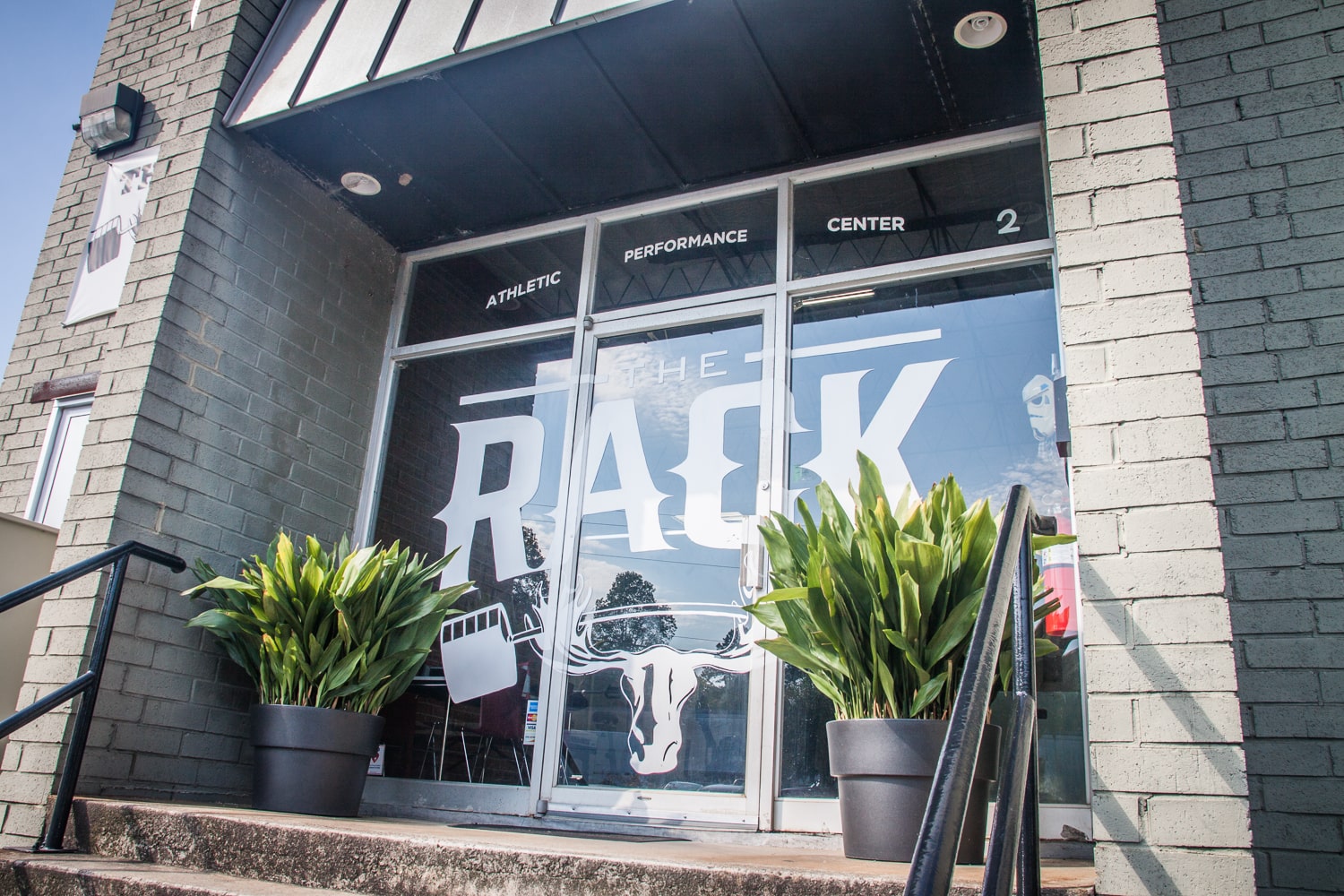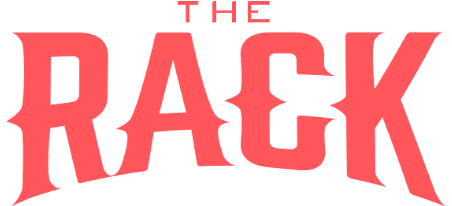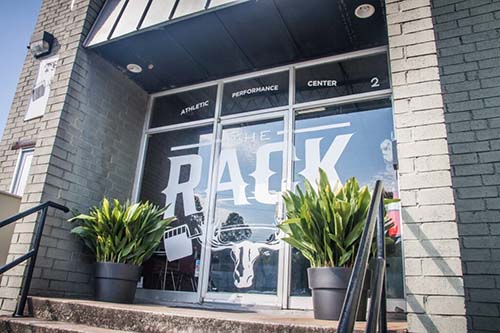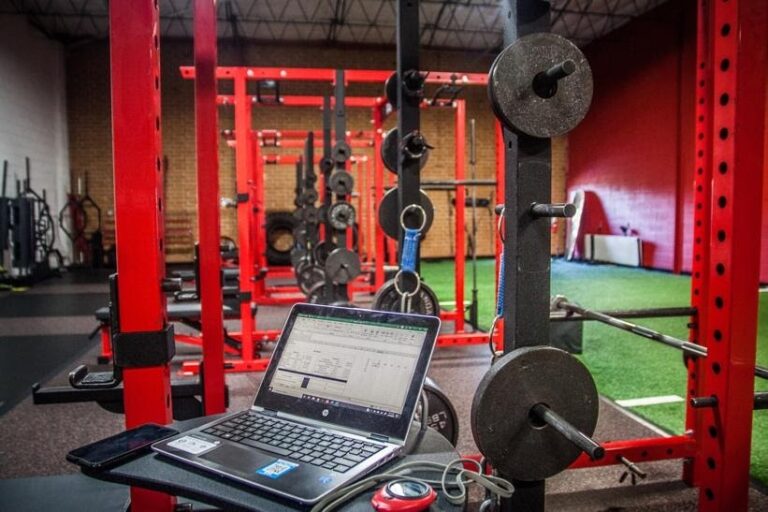Strength & Conditioning in Adaptive Athletics

As coaches, we often find our creativity and skill set challenged by the limitations and strengths of our athletes. These scenarios force us to grow and expand our toolbox to accommodate the needs of a given situation. Usually, this comes in the form of some common outliers – unusually strong/weak athletes, athletes undergoing rehabilitation, youth athletes, older athletes, etc.
However, when confronted with adaptive athletes, oftentimes coaches find themselves at a loss. There is very little information and resources for catering training to these special populations. Coaches may feel like it is “out of their scope of practice” to train these athletes. But that is further from the truth. Today, we have more resources available than ever: online education, certifications, weekend seminars, etc. These give coaches and athletes a better understanding of what goes into programming for individuals with disabilities. The most common disabilities that are mentioned in adaptive athletics are amputation, paralysis, cerebral palsy, traumatic brain injury, visual/auditory impairments, and developmental (think special Olympics).
There are No Limitations
The biggest misconception is that there are limitations to what they can do. But we couldn’t be further from the truth. For instance, if you have an athlete with one arm, you might assume that pull-ups are out of the question. But with a few resistant bands, a box, and some cues, you would be surprised what can be accomplished. Adaptive athletes’ goals, just like many of us able-bodied would, are quite similar: weight loss, fitness, etc. Then gradually, their goals evolve to encompass strength, power, and skill. However, the goals of adaptive athletes may be a bit loftier than those of other athletes. They often start with a disadvantage – with more “barriers to entry”. Getting stronger, better mobility, and improving activities of daily living are just a few goals that improve that “barrier of entry” entity.
Finding the Right Trainer
Adaptive athletes, how do you find a trainer that you know that is confident in their skill set to work with you? Here are a few questions and credentials that you should be on the lookout for. First and foremost, does the trainer have experience working with your impairment? Safety is the priority, and those inexperienced could potentially do more harm than good. Is the trainer educated? Having a trainer with knowledge of disability brings confidence in programming, whether that is through degrees, certifications, and/or certificates in the specific disciplines of disability. Lastly, can the trainer communicate effectively? This could be through assessment, consultation, before, during, and after a training session. Find one that asks questions, follows up, and keeps accountability. These characteristics are crucial when finding a trainer to work with your disability.
Conclusion
Adaptive athletes are no different than other athletes that come through the doors to train. Each with its own set of goals, strengths, and weaknesses. Understanding where they come from and what it will take to reach their goals may take a little extra work, but having a trainer with experience working with adaptive athletics can make the process comfortable, safer, and purposeful.
Brandon Bailey
MS, CSCS, USAW, USATF, CF-L1, AIT


